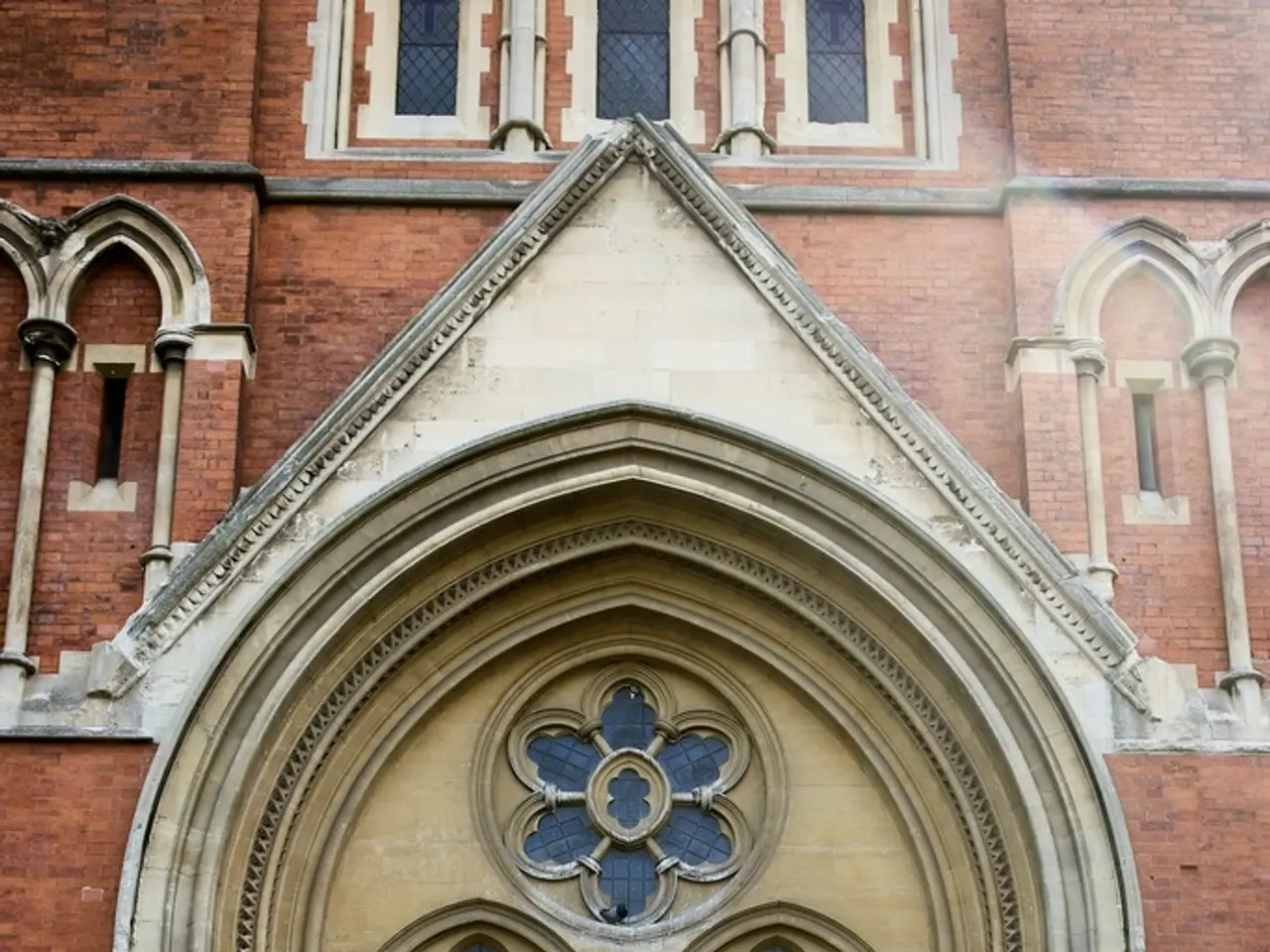Redefining Sanctity: Berlin's Hallowed Buildings Find Unconventional Purposes
Revitalizing Sacred Spaces: Germany's Innovative Approach to Preserving Church Buildings
In Germany, a new wave of innovation is sweeping through the country as church buildings, once symbols of religious devotion, are being transformed into vibrant community resources. This shift, driven by declining membership numbers, financial difficulties, and societal changes, is breathing new life into these historic structures and revitalizing neighbourhoods.
In Berlin, the St.-Agnes Church in Kreuzberg, built between 1964 and 1967, was initially put up for disposal due to a decline in parishioners. However, today, it serves as an exhibition venue, while adjacent spaces are utilised by a publishing house, an architectural firm, and a university. The Schöneberg church project, another Berlin example, demonstrates that residential use and historic architecture are not mutually exclusive, as a former church from the 1920s has been transformed into a residential ensemble with 14 owner-occupied apartments.
In Mönchengladbach, a former church has been converted into a climbing hall, with interventions fully reversible for future religious use. This adaptability is a testament to the forward-thinking approach being taken in Germany, ensuring that these sacred spaces can continue to serve as societal anchors even in secular times.
The Elias Church in Prenzlauer Berg is another shining example of this transformation. Since 2003, it has housed the MACHmit! Museum for Children, which received awards for successfully combining heritage preservation and child-friendly learning. The interior of St.-Agnes Church was carefully converted into an exhibition hall by the architecture firm Brandlhuber + Emde, Schneider, with minimal interventions to preserve the original structure.
Initiatives advocating for churches to be viewed as societal resources are gaining momentum. Movements like "Future - Churches - Spaces" and the "Church Manifesto" are working to establish new communities of responsibility. The "Churches are Commons" petition supports new stewardship models like foundations to preserve churches as public spaces. Private groups and associations also maintain unused village churches as cultural or community houses.
These efforts emphasize cooperation with municipalities and multiple partners to secure funding and navigate heritage protection, shifting churches from solely religious spaces to open social infrastructure. The transformation of churches can revitalize neighbourhoods, foster social exchange, and have an identity-forming effect.
In large cities like Berlin, former sacred buildings are being transformed into new spaces with diverse functions such as art galleries, cultural centers, living spaces, and educational institutions. This innovative approach to preserving church buildings is a testament to Germany's commitment to maintaining its rich cultural heritage while adapting to the changing times.
Read also:
- Recognition of Exceptional Patient Care: Top Staff Honored by Medical Center Board
- Oxidative Stress in Sperm Abnormalities: Impact of Reactive Oxygen Species (ROS) on Sperm Harm
- Is it possible to receive the hepatitis B vaccine more than once?
- Nursing home, St. Luke's, bids farewell to Beate Kalowsky after 34 years of service.








